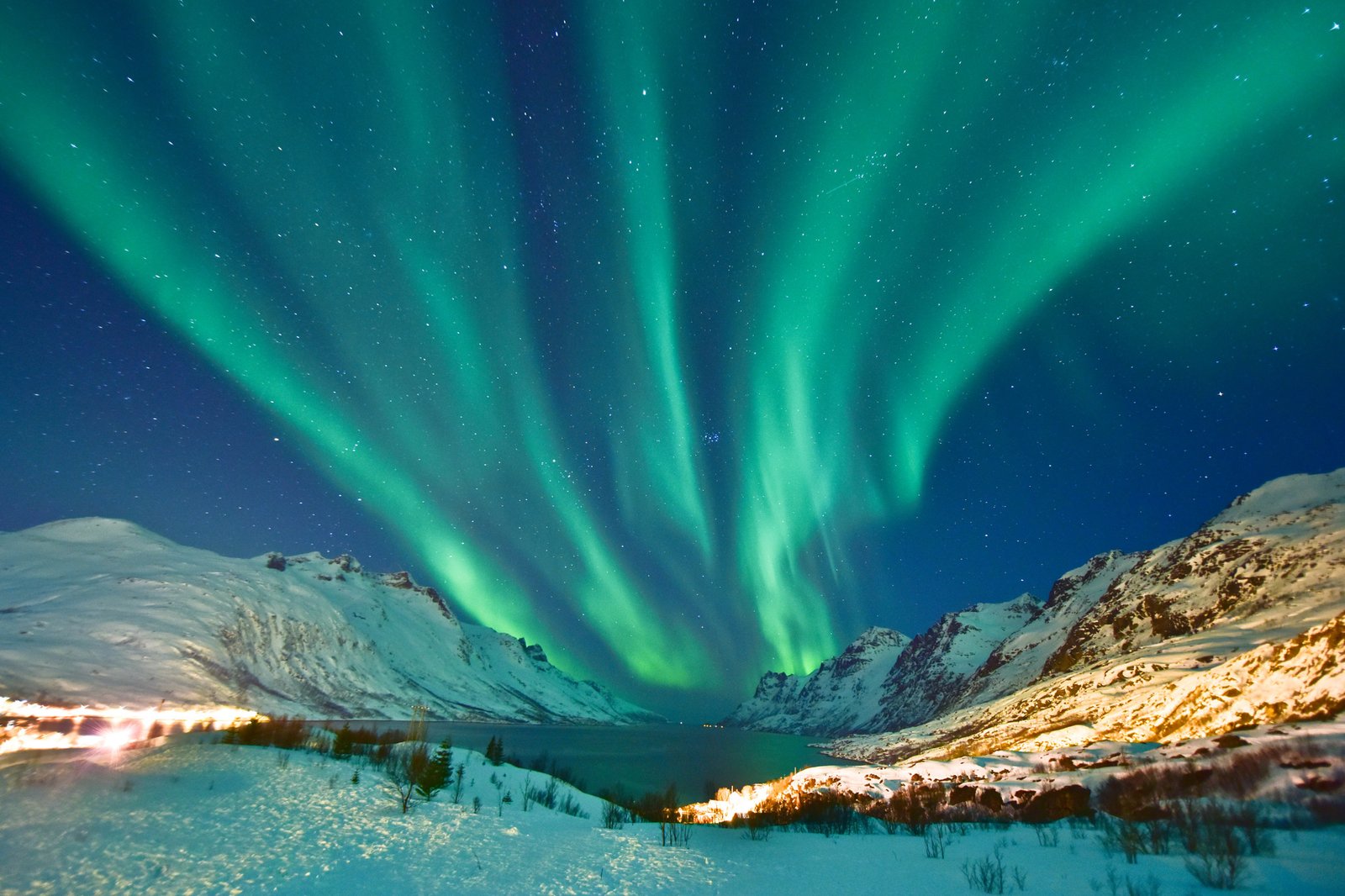The Northern Lights, or Aurora Borealis, is one of nature’s most captivating phenomena. This celestial light show has fascinated humans for centuries, inspiring countless myths, scientific inquiries, and awe. From the folklore of ancient civilizations to the cutting-edge research of modern scientists, the Northern Lights continue to be a source of wonder and intrigue. This article delves into the mystery of the Northern Lights, exploring their scientific explanation, historical significance, cultural impact, and the best places to witness this breathtaking spectacle.
The Science Behind the Northern Lights
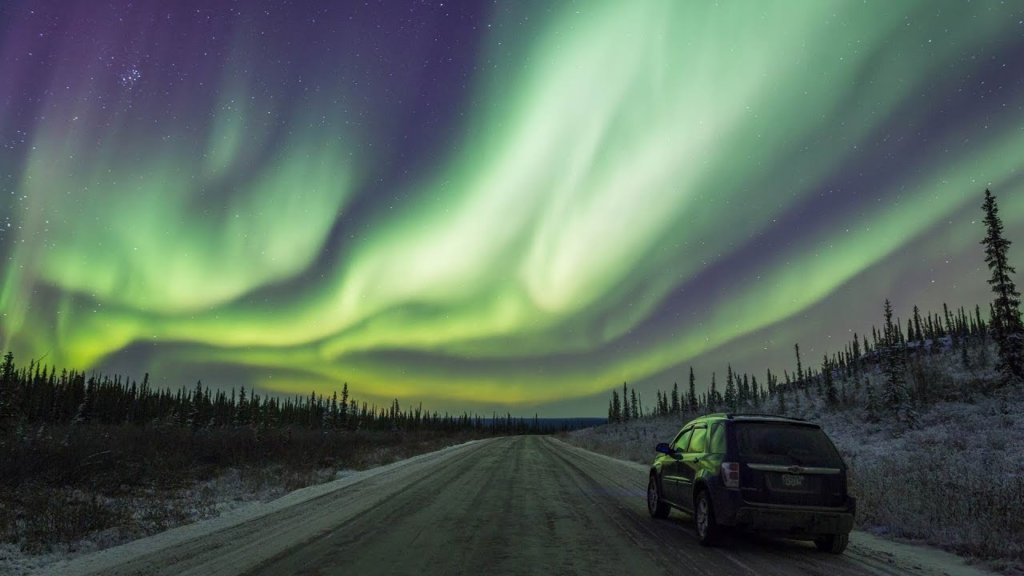
The Northern Lights occur when charged particles from the sun interact with the Earth’s magnetosphere. This interaction primarily takes place near the polar regions, where the magnetic field lines converge. The process involves several key steps:
- Solar Winds: The sun continuously emits a stream of charged particles, known as solar winds. These particles, mainly electrons and protons, travel through space at speeds ranging from 250 to 750 kilometers per second.
- Magnetosphere Interaction: When these charged particles reach Earth, they encounter the magnetosphere, a protective shield created by the Earth’s magnetic field. The magnetosphere deflects most of the solar wind particles, but some are drawn towards the polar regions.
- Atmospheric Collision: As the charged particles descend along the magnetic field lines towards the poles, they collide with gas molecules in the Earth’s atmosphere. These collisions excite the gas molecules, causing them to emit light.
- Emission of Light: The specific colors of the Northern Lights depend on the type of gas molecules involved and the altitude at which the collisions occur. Oxygen at higher altitudes (above 150 miles) produces red auroras, while at lower altitudes (up to 150 miles), it emits green light. Nitrogen molecules contribute to blue and purplish-red hues.
This scientific process explains the vibrant, ever-changing patterns of light that dance across the polar skies, creating a mesmerizing natural light show.
Historical Significance and Folklore

Throughout history, the Northern Lights have been shrouded in mystery and wonder. Ancient civilizations often attributed these celestial displays to supernatural forces or deities.
Norse Mythology: In Scandinavian folklore, the Northern Lights were believed to be the reflections of the Valkyries’ armor as they led fallen warriors to Valhalla. Another legend suggested that the lights were caused by the shining armor of the Bifrost Bridge, connecting Earth to Asgard, the realm of the gods.
Inuit Legends: The Inuit people of North America had various interpretations of the Northern Lights. Some believed they were the spirits of animals they had hunted, while others thought they were the souls of ancestors playing celestial games.
Chinese and Japanese Folklore: In East Asian cultures, the Northern Lights were seen as omens of good fortune and prosperity. They were often associated with dragons and other mythical creatures.
Medieval Europe: In medieval Europe, the Northern Lights were sometimes viewed with fear and apprehension. They were considered harbingers of war, famine, or other disasters.
These rich folklore traditions reflect the awe and reverence that the Northern Lights have inspired across cultures and epochs.
The Cultural Impact of the Northern Lights
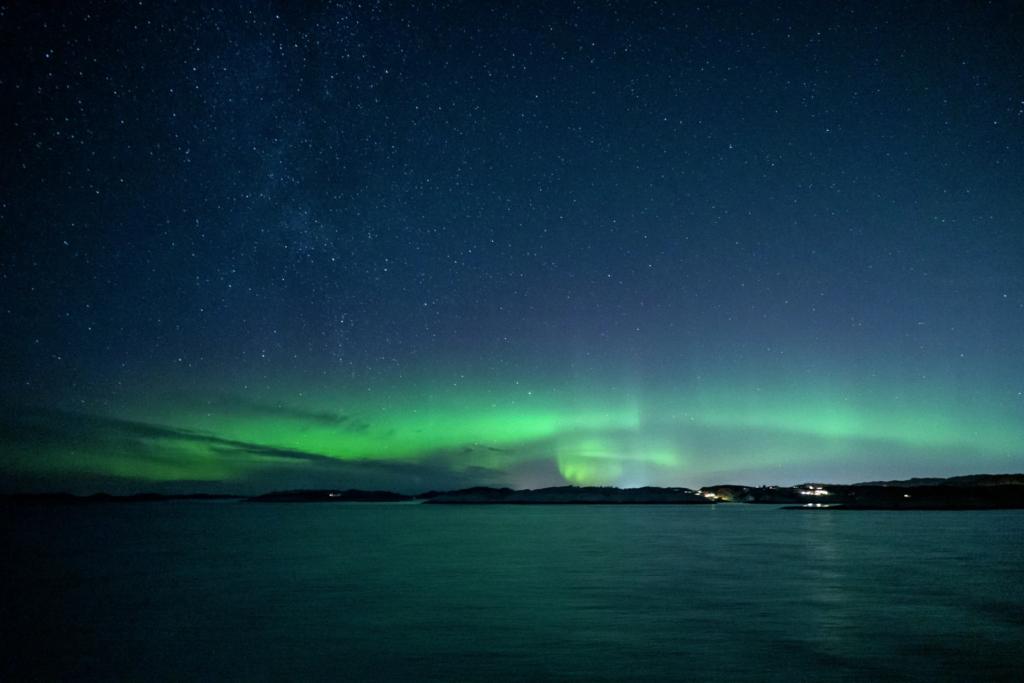
Beyond folklore, the Northern Lights have had a significant impact on various aspects of culture, including art, literature, and tourism.
Art and Literature: The Northern Lights have been a source of inspiration for artists and writers. Their ethereal beauty has been captured in countless paintings, poems, and stories. For example, the famous Norwegian painter Edvard Munch was deeply influenced by the auroras, and they are believed to have inspired some of his most famous works.
Modern Literature: In modern literature, the Northern Lights feature prominently in Philip Pullman’s “His Dark Materials” series, where they are portrayed as a gateway to parallel universes. The mystical and otherworldly quality of the lights continues to captivate the imaginations of writers and readers alike.
Tourism: The Northern Lights have also become a major attraction for travelers. Countries like Norway, Sweden, Finland, Iceland, and Canada see a significant influx of tourists during the aurora season, which typically runs from late September to early April. Tour operators offer specialized Northern Lights tours, complete with accommodations in glass igloos, snow hotels, and other unique settings designed to provide optimal viewing experiences.
Best Places to Witness the Northern Lights
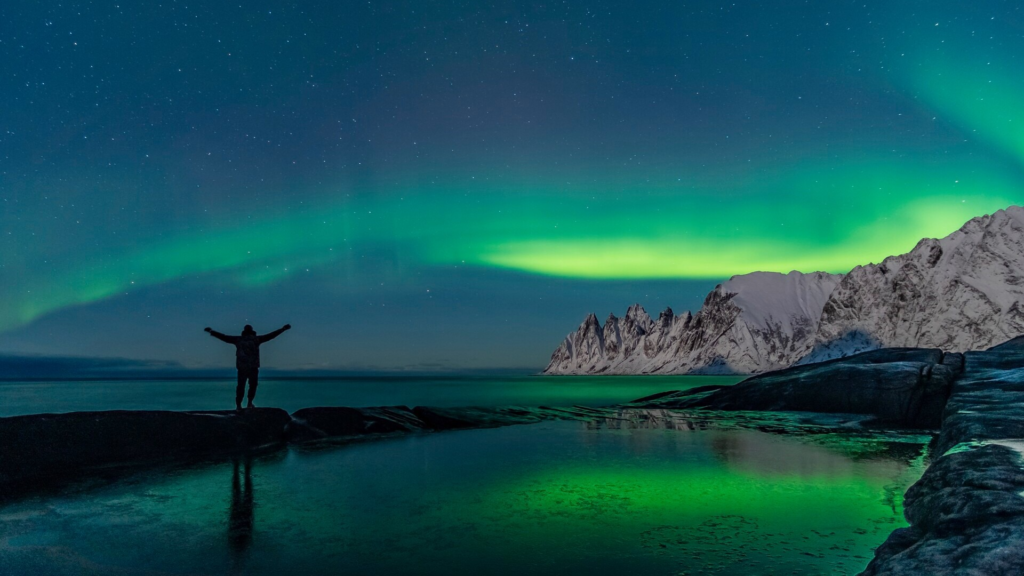
To witness the Northern Lights in all their glory, certain locations around the world offer the best vantage points. Here are some top destinations:
1. Tromsø, Norway: Known as the “Gateway to the Arctic,” Tromsø is one of the best places in the world to see the Northern Lights. The city offers various aurora-related activities, including dog sledding, reindeer safaris, and Sami cultural experiences.
2. Abisko, Sweden: Abisko National Park is renowned for its clear skies and minimal light pollution, making it an ideal spot for aurora viewing. The nearby Aurora Sky Station provides guided tours and a panoramic view of the surrounding landscape.
3. Reykjavik, Iceland: Iceland’s capital city is a popular destination for Northern Lights chasers. Beyond Reykjavik, places like Thingvellir National Park and the Jokulsarlon Glacier Lagoon offer stunning backdrops for aurora sightings.
4. Yellowknife, Canada: Located in the Northwest Territories, Yellowknife is known for its frequent and vivid auroras. The city’s Aurora Village provides cozy teepees and heated viewing areas for an unforgettable experience.
5. Rovaniemi, Finland: As the official hometown of Santa Claus, Rovaniemi combines festive charm with spectacular aurora displays. Visitors can stay in glass igloos or traditional log cabins while enjoying the Northern Lights.
6. Fairbanks, Alaska: Fairbanks is one of the best places in the United States to view the Northern Lights. The city offers various tours and accommodations, including the renowned Chena Hot Springs Resort, where you can soak in warm waters while watching the auroras.
Tips for Viewing the Northern Lights
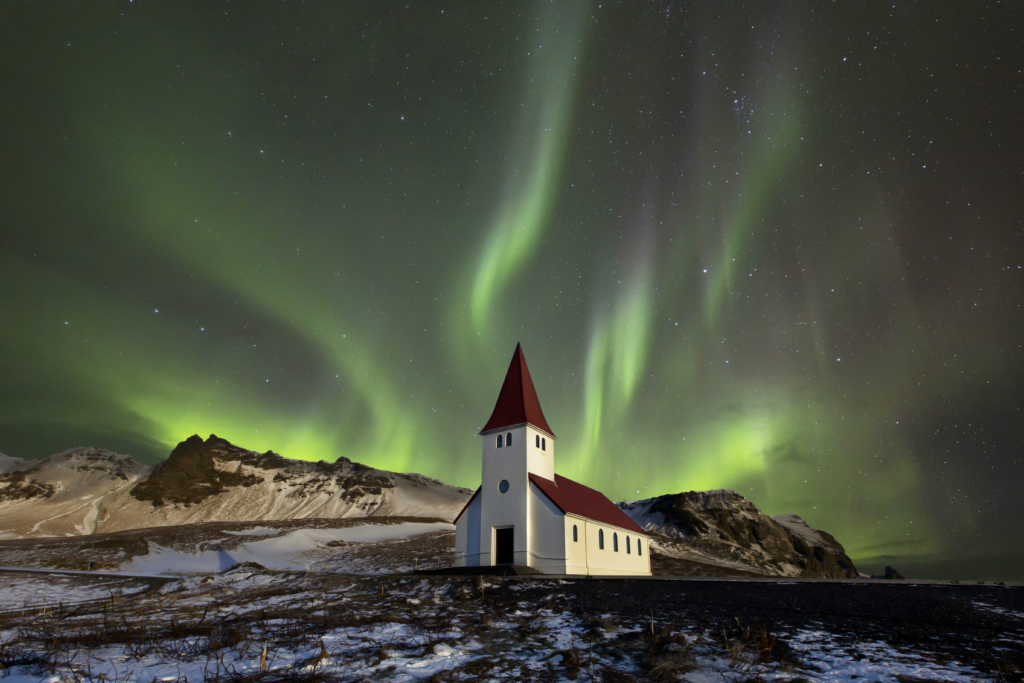
To maximize your chances of witnessing the Northern Lights, consider the following tips:
- Check the Aurora Forecast: Websites and apps like the Aurora Service and My Aurora Forecast provide real-time updates on aurora activity, helping you plan your viewing times.
- Choose the Right Time: The best time to see the Northern Lights is during the winter months, from late September to early April, when the nights are longest and darkest.
- Find Dark Locations: Light pollution can hinder your ability to see the auroras. Seek out remote, dark locations away from city lights.
- Be Patient: The Northern Lights are unpredictable, so patience is key. Plan to spend several nights in a good location to increase your chances of seeing them.
- Dress Warmly: Northern Lights viewing often involves spending long periods outdoors in freezing temperatures. Dress in layers and bring warm clothing to stay comfortable.
- Use a Camera: Capture the magic of the Northern Lights with a good camera. Use a tripod, set a long exposure time, and adjust the ISO and aperture settings to get the best shots.
Scientific Research and Ongoing Mysteries
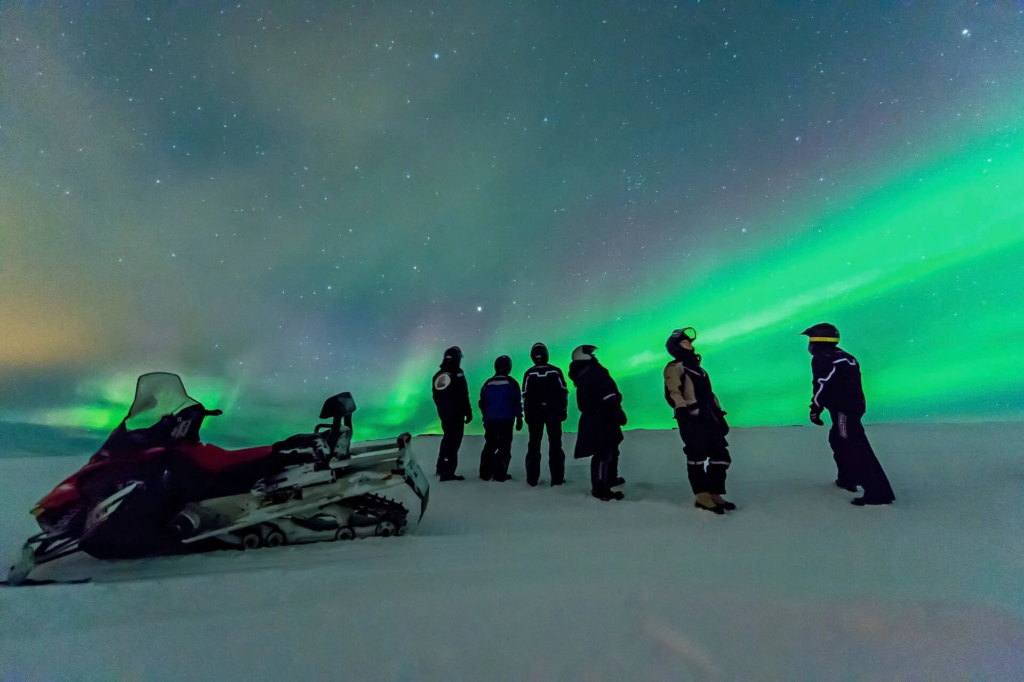
Despite the advances in our understanding of the Northern Lights, several mysteries remain. Scientists continue to study the auroras to gain deeper insights into their behavior and effects.
Magnetospheric Physics: Researchers are investigating the complex interactions between solar winds and the Earth’s magnetosphere. These studies aim to understand how solar storms and geomagnetic activity influence auroral displays.
Auroral Sounds: Some witnesses have reported hearing faint, crackling sounds during intense aurora displays. Scientists are exploring the origins of these sounds, which are believed to be caused by the interaction of charged particles with the Earth’s magnetic field.
Impact on Technology: The charged particles that cause auroras can also interfere with satellite communications, GPS systems, and power grids. Understanding these impacts is crucial for mitigating the effects of solar storms on modern technology.
Auroras on Other Planets: Auroras are not unique to Earth; they have been observed on other planets, including Jupiter and Saturn. Studying these extraterrestrial auroras can provide valuable insights into the magnetic fields and atmospheres of other planets.
Conclusion
The Northern Lights, or Aurora Borealis, remain one of Earth’s most enchanting natural wonders. Their dazzling displays of color and light have fascinated humanity for centuries, inspiring myths, cultural traditions, and scientific research. While much has been learned about the science behind the Northern Lights, they continue to hold an element of mystery and magic.
Whether you are drawn to their beauty, intrigued by their scientific significance, or captivated by the cultural stories they inspire, the Northern Lights offer a unique and unforgettable experience. From the icy landscapes of Norway to the remote wilderness of Alaska, witnessing the Northern Lights is a journey into the heart of one of nature’s most spectacular light shows.
By understanding the science, appreciating the history and culture, and knowing the best places and times to view them, you can fully embrace the wonder of the Northern Lights. So, bundle up, venture into the night, and let the celestial dance of the Aurora Borealis illuminate your soul.

